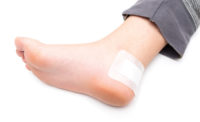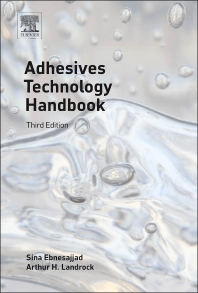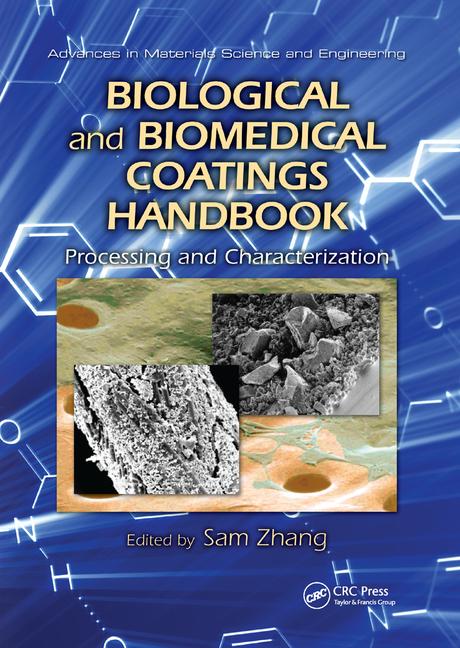Case Study
Preventing Hospital-Acquired Infections with Treated Adhesive Films
A study at the University Hospital Basel has confirmed the effectiveness of an antimicrobial coating on adhesive films.

In a clinical study that lasted several months, the effectiveness of antimicrobial-treated surfaces against hospital pathogens was examined under real-life conditions at the University Hospital Basel in Switzerland. The research team, headed by Prof. Dr. Andreas Widmer and Dr. R. Frei, confirmed that the Sanitized®-treated adhesive film developed jointly with HEXIS S.A.S. has 98% effectiveness against microbes.
Despite improvements in hygiene measures, it is estimated that hospital-acquired infections (HAIs) claim 37,000 lives in the EU every year; in the U.S., these infections claim over 98,000 lives annually. In addition, high economic losses are involved. The development and research into the effectiveness of hygiene measures is therefore critical, since the microbes that cause infections can survive on surfaces for hours or even months and be spread from there. One current field of research is in antimicrobial coatings.
In this study, Widmer and Frei addressed the issue of whether and how effectively the antimicrobial-coated plastic adhesive film from HEXIS acts against the cause of HAIs. PURZON060B adhesive film by HEXIS was tested; this flexible and transparent product includes a silver-ion-based active ingredient supplied by SANITIZED AG.
Study Setting
A real-life situation was created by focusing the study on frequently touched surfaces in six patient rooms: three in the surgical area and three in the medical department. Specifically, over-bed tables, bedside tables, patient chair armrests, dining tables, toilet seats, and toilet flush handles were included. The treated film was applied onto half of the surface, while the other half remained in its original state and served as the control surface.
During the study’s several-month duration, the patients’ rooms were cleaned normally once a day, and the bathrooms were disinfected once a day. Swabs from the treated and untreated surfaces were taken twice a week from a 25 cm² area and examined for microorganisms. The number of microbes was determined by plating on culture media, and isolates were examined for clinically relevant pathogens such as Staphylococcus aureus (including MRSA).
Long-Term Effect
In all, 403 swabs were analyzed. The treated film led to a reduction in total viable count of 98.4% across all six different surface types. The largest reduction was measured on the toilet seats and on the toilet flush handles (99%). In addition, the scientists have confirmed a significant reduction of pathogens, particularly enterococci. Their multi-resistant strains can survive on dry surfaces for up to four years, and they were responsible for a nationwide outbreak in Swiss hospitals in 2017 that was only contained after two years.
The long-term effect of the treated PURZON060B adhesive film by HEXIS was confirmed by repeating the measurement after six months. “The study results show that antimicrobial-treated surfaces can make a valuable contribution to preventing the spread of multidrug-resistant pathogens in hospitals,” Widmer said. “Even daily disinfection of surfaces cannot prevent recontamination within a few hours: antimicrobial-treated surfaces can close this gap.”
Results were first published in the peer-reviewed scientific journal Antimicrobial Resistance & Infection Control.1 The study was supported by Innosuisse, the Swiss Innovation Agency.
For more information, visit www.hexishealth.com and www.sanitized.com.
Note: Photo courtesy of HEXIS S.A.S./SANITIZED AG, PR037.
Reference
- A.F. Widmer, S. Kuster, M. Dangel, S. Jäger, and R. Frei, “Long-term antimicrobial effectiveness of a silver-impregnated foil on high-touch hospital surfaces in patient rooms,” Antimicrobial Resistance & Infection Control, https://aricjournal.biomedcentral.com/track/pdf/10.1186/s13756-021-00956-1.pdf.
Looking for a reprint of this article?
From high-res PDFs to custom plaques, order your copy today!








